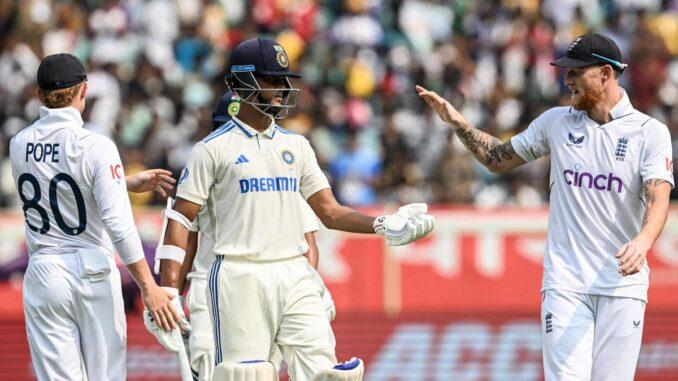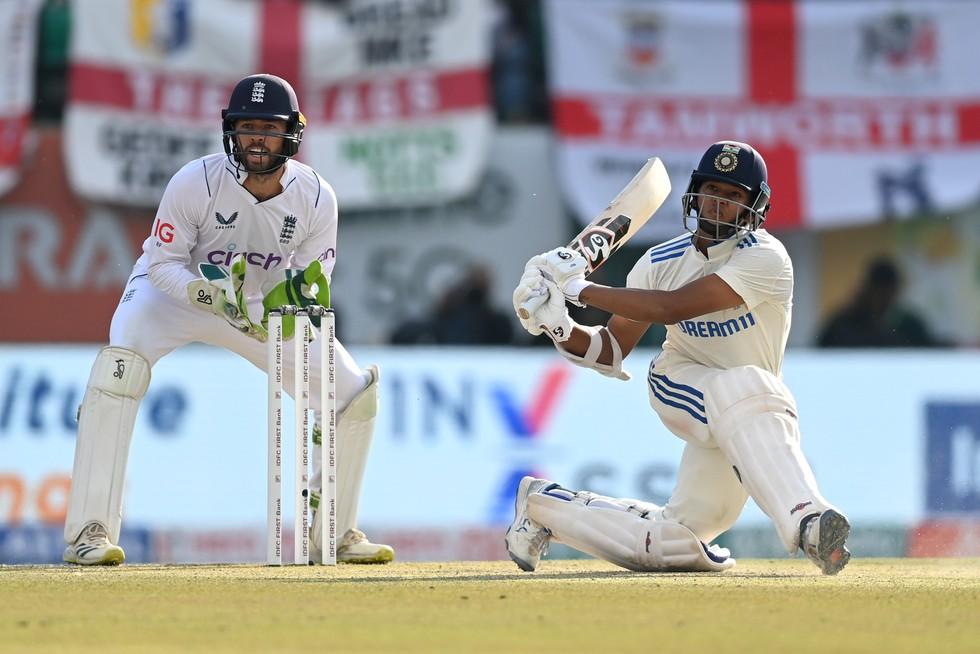
By Leonard Ratnayake Reporting from England
The upcoming five-Test series between India and England has sparked significant debate among Indian cricket enthusiasts in England. With India fielding a revamped squad and notable omissions of experienced players, concerns linger over how the team will adapt to English conditions.
India’s squad for the series marks a transition. The absence of Rohit Sharma, Virat Kohli, and Cheteshwar Pujara—stalwarts of Indian red-ball cricket—has left fans questioning the rationale behind their exclusion. While Rohit and Virat were bound to step away eventually, many believe Kohli had one last series in him before retirement. His sudden departure remains unexplained, though age and physical demands could be underlying factors.
The selected top-order batters have limited exposure to England’s challenging playing conditions. In previous years, the technical prowess, temperament, and experience of players like Kohli, Pujara, and Sharma made a significant difference in overseas Tests. However, the current squad consists of players who have primarily played white-ball cricket, with limited experience facing the red-ball challenges unique to England.
The batting lineup, led by captain Shubman Gill and vice-captain Rishabh Pant, includes K.L. Rahul, Sai Sudharsan, Karun Nair, Nitesh Kumar Reddy, and wicketkeeper Dhruv Jurel. While there is talent, most players have been accustomed to batting on flat, dry surfaces favourable to stroke play. Adjusting their techniques to counter seam and swing will be a formidable task, as England’s pace attack is

Among them, Ravindra Jadeja—India’s most experienced player in the squad with 80 Test matches—has relatively little exposure to England’s conditions. The red-ball movement outside the fourth stump and adjustments in stance and footwork will be critical, presenting a challenge that coach Gautam Gambhir must address.
The bowling attack, at least on paper, looks promising with Jasprit Bumrah leading the charge. However, his workload must be managed carefully, given his recent recovery from back surgery and the long series ahead. Mohammed Siraj and Shardul Thakur, familiar with English conditions, add stability. However, the effectiveness of Prasidh Krishna, Akash Deep, and Arshdeep Singh, who lack experience in England, remains uncertain.
Green-top pitches may tempt India’s seamers, but over-eagerness could lead to tactical misjudgements. The spin department, featuring Jadeja, Kuldeep Yadav, and Washington Sundar, possesses quality, but the likelihood of English pitches favouring spin is slim.
India’s trial by fire will commence at Headingley, Edgbaston, Lord’s, Old Trafford, and The Oval—venues where seam and swing traditionally dominate. The squad can draw inspiration from India’s famous 2002 victory at Headingley, where spin unexpectedly turned the tide in favour of Anil Kumble and Harbhajan Singh, with support from Saurav Ganguly and Sachin Tendulkar’s masterful batting.
However, a crucial question remains: Does this 2025 squad possess the technical adaptability, mental fortitude, and match-winning ability required to triumph under English conditions?

Be the first to comment